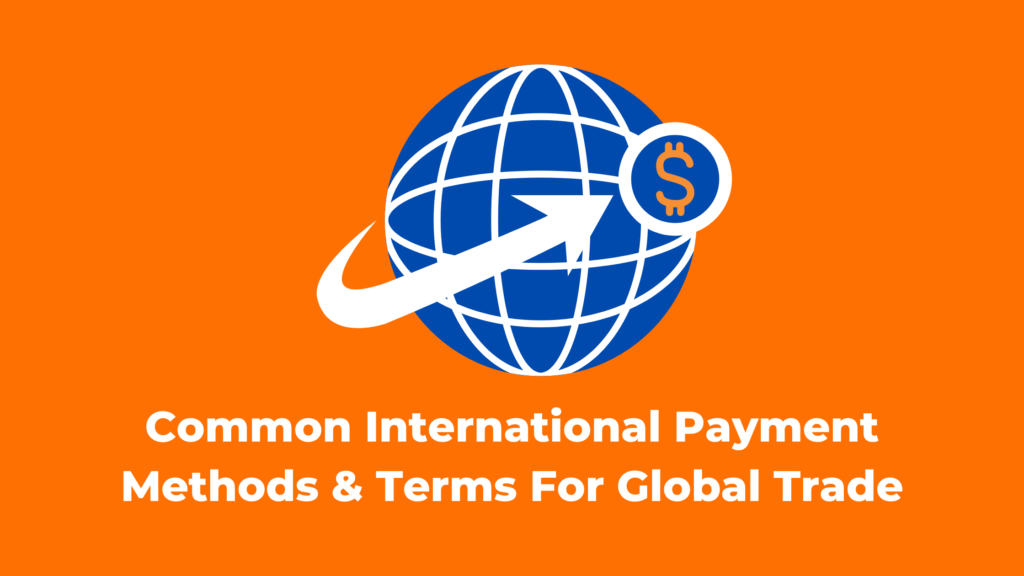Contingency management theory explores the complex dynamics between leadership effectiveness, organizational management, and the ever-changing nature of situations. It emphasizes the need for leaders to match their leadership styles to specific circumstances while highlighting the importance of adaptability and alignment in effective organizational management.
1. Contingency Theory of Leadership
The contingency theory of leadership posits that the effectiveness of a leader is contingent upon the fit between their leadership style and the demands of the situation. Key points include:
Matching Leadership Style to the Situation:
- Effective leadership requires aligning one’s style with the specific context and task at hand.
- Different situations call for different leadership approaches, and leaders must adapt accordingly.
- No single leadership style is universally effective; it depends on the circumstances.
Influence through Relationship Building:
- According to contingency management theory, leaders can exert more influence if they develop good relationships with their employees.
- Positive relationships foster trust, open communication, and collaboration, enhancing a leader’s ability to motivate and guide their team effectively.
2. Fiedler’s Contingency Theory
Fiedler’s contingency theory, developed by Fred Fiedler, focuses on the match between leadership style and situational factors. It introduces the concept of task-oriented and people-oriented leadership styles. Key aspects include:
Task-Oriented Leadership:
- Task-oriented leaders prioritize accomplishing objectives and emphasize task completion.
- They provide clear instructions, monitor progress, and focus on performance outcomes.
- Task-oriented leadership is effective when the job is well-defined, and the leader has a high level of authority.
People-Oriented Leadership:
- People-oriented leaders prioritize building relationships and fostering collaboration among team members.
- They focus on employee satisfaction, well-being, and personal development.
- People-oriented leadership is effective when the relationship between the leader and followers is positive, and the job is less structured.
Key Principles of Contingency Theory
Contingency theory encompasses several core principles that shape its approach to organizational management. These principles include:
Organizational Open Systems:
- Organizations are viewed as open systems that interact with their external environment.
- Effective management involves satisfying internal needs while adapting to external circumstances.
No Universal Best Way:
- There is no single best way to organize or manage an organization.
- The optimal approach depends on the nature of the task, the external environment, and other contingencies.
Achieving Alignment and Fit:
- Management’s primary concern is achieving alignment and fit between the organization and its environment.
- This involves ensuring that organizational structures, strategies, and processes are congruent with external demands.
Different Organizations for Different Environments:
- Different types of organizations are better suited to different types of environments.
- The appropriate organizational form depends on factors such as stability, uncertainty, complexity, and resource availability in the external environment.
Proactive Organizational Adaptation:
- Managers must proactively change and redesign their organizations to adapt to internal and external changes.
- Organizational environments and processes often serve as sources of change, and effective management involves anticipating and responding to these changes.
Importance of Contingency Management Theory
Contingency management theory provides a comprehensive framework for understanding and managing organizations. Its significance includes:
Enhanced Organizational Understanding:
- Contingency theory offers insights into how organizations function within their environments.
- It provides a nuanced perspective on the dynamic interplay between leadership, structure, and external contingencies.
Practical Relevance and Empirical Support:
- The theory has been extensively researched and validated through empirical studies.
- It offers practical guidance to managers for adapting their leadership styles and organizational structures to achieve better alignment and effectiveness.
Emphasis on Organizational Adaptation:
- Contingency theory recognizes the importance of proactive organizational adaptation.
- It encourages managers to be responsive to changes in the internal and external environment, ensuring the organization remains relevant and competitive.
Conclusion
Contingency management theory challenges the notion of a one-size-fits-all approach to leadership and organizational management. By emphasizing the importance of aligning leadership styles with specific situations, it provides valuable guidance for leaders seeking to maximize their effectiveness. Moreover, the theory’s principles shed light on the significance of adaptability, alignment, and proactive organizational change, equipping managers with the tools to navigate the complexities of today’s ever-evolving business landscape.

Pardeep is the founder and editor of Small Investment Ideas. He believes that everyone can change their life with the help of small investments and achieve financial freedom.

